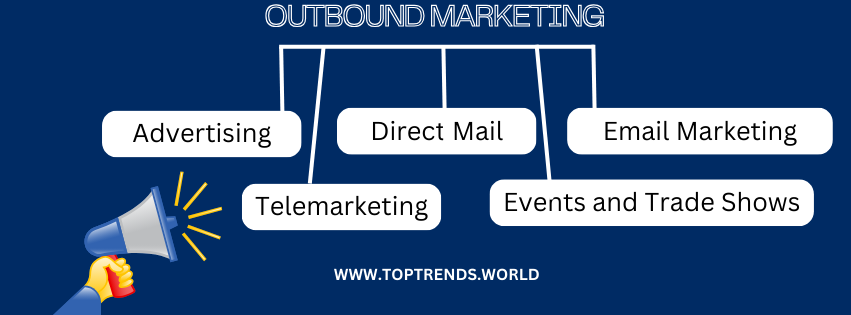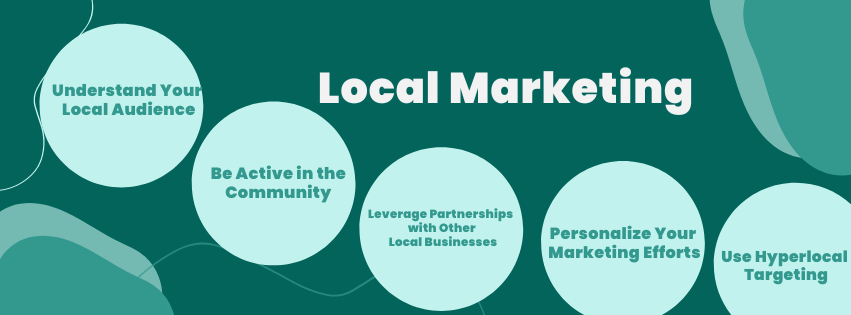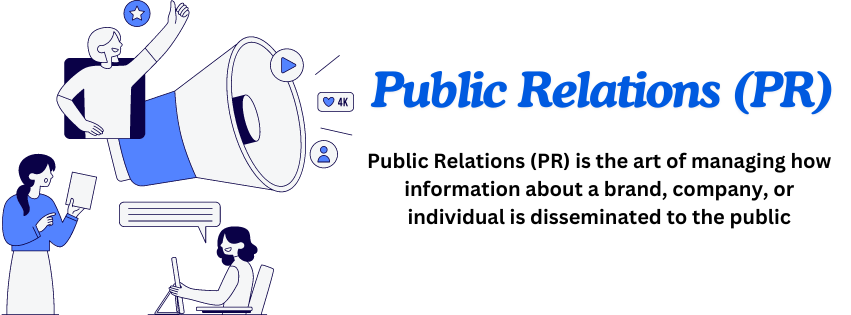The Best Outbound Marketing Techniques for Maximum Impact
While inbound marketing focuses on attracting customers through valuable content and interactions, outbound marketing takes a more direct approach. Outbound marketing involves pushing messages to potential customers through various channels, aiming to capture their attention and drive action. This blog will explore the fundamentals of outbound marketing, its benefits, key components, and effective strategies to help you create a successful outbound marketing campaign.

What is Outbound Marketing?
Outbound marketing refers to traditional methods of reaching potential customers through direct communication and promotional tactics. Unlike inbound marketing, which draws customers in through content and engagement, outbound marketing involves actively pushing messages to a broad audience through various channels.
Key Components of Outbound Marketing
- Advertising: Promoting products or services through paid advertisements on various platforms, including print, broadcast, and digital media.
- Direct Mail: Sending promotional materials directly to a target audience’s mailbox, such as brochures, postcards, and catalogs.
- Telemarketing: Using phone calls to contact potential customers and promote products or services.
- Email Marketing: Sending unsolicited promotional emails to a list of contacts or prospects.
- Events and Trade Shows: Participating in or hosting events to showcase products and services to potential customers.
Key Benefits of Outbound Marketing
- Broad Reach: Outbound marketing allows you to reach a wide audience, including those who may not be actively searching for your products or services.
- Immediate Impact: Outbound marketing campaigns can generate immediate results and drive quick responses from potential customers.
- Targeted Messaging: With proper segmentation and targeting, outbound marketing can reach specific demographics or industries that are most likely to be interested in your offerings.
- Brand Awareness: Outbound marketing helps increase brand visibility and recognition, especially through high-visibility channels like TV, radio, and outdoor advertising.
- Control Over Messaging: You have full control over the content, timing, and placement of your outbound marketing messages.
Key Outbound Marketing Strategies
1. Advertising
Advertising is a core component of outbound marketing and can be executed through various mediums.
- Print Advertising: Placing ads in newspapers, magazines, and other printed materials to reach a broad audience.
- Broadcast Advertising: Running commercials on television or radio to capture the attention of viewers and listeners.
- Digital Advertising: Using display ads, banner ads, and video ads on websites and social media platforms to target specific audiences.
2. Direct Mail
Direct mail involves sending promotional materials directly to individuals or businesses.
- Personalized Direct Mail: Tailoring messages and offers based on the recipient’s demographics, past purchases, or interests.
- Catalogs and Brochures: Providing detailed information about products or services through physical mail.
- Postcards: Sending concise, eye-catching messages to promote special offers or events.
3. Telemarketing
Telemarketing involves reaching out to potential customers via phone calls.
- Outbound Calls: Contacting prospects to introduce products or services, conduct surveys, or follow up on previous interactions.
- Cold Calling: Reaching out to potential customers who have not previously interacted with your brand.
4. Email Marketing
Email marketing involves sending promotional messages to a list of contacts.
- Cold Emails: Sending unsolicited emails to potential customers who have not opted in to receive communications.
- Email Campaigns: Designing and sending targeted email campaigns to promote products, services, or special offers.
5. Events and Trade Shows
Participating in or hosting events can help showcase your products and services to a targeted audience.
- Trade Shows: Exhibiting at industry-specific trade shows to connect with potential clients and partners.
- Product Launch Events: Hosting events to introduce new products or services to the market.
6. Sponsorships and Partnerships
Sponsoring events or partnering with other businesses can enhance your brand’s visibility and credibility.
- Event Sponsorship: Supporting events or causes that align with your brand to reach a targeted audience and build positive associations.
- Business Partnerships: Collaborating with other companies to co-market products or services and expand your reach.
Effective Strategies for Outbound Marketing
1. Define Your Target Audience
Understanding your target audience is crucial for the success of outbound marketing campaigns. Conduct market research to identify the demographics, interests, and needs of your ideal customers. Use this information to tailor your messaging and choose the most effective channels for reaching them.
2. Craft a Compelling Message
Your marketing message should be clear, engaging, and focused on the benefits of your products or services. Highlight what sets your offering apart from competitors and address the pain points or needs of your audience. Ensure your message is consistent across all outbound marketing channels.
3. Utilize Multiple Channels
Leverage a mix of outbound marketing channels to maximize your reach and impact. Combining print, digital, and direct communication methods can help you connect with a broader audience and reinforce your message.
4. Segment Your Audience
Segmenting your audience allows you to create targeted and relevant messages for different groups. Use data and insights to segment your audience based on factors such as demographics, behavior, and purchase history. Tailor your messaging to address the specific needs and interests of each segment.
5. Monitor and Measure Results
Tracking the performance of your outbound marketing campaigns is essential for evaluating effectiveness and making improvements. Use metrics such as response rates, conversion rates, and return on investment (ROI) to assess the success of your efforts. Analyze the data to identify what works and what needs adjustment.
6. Test and Optimize
Continuously test different aspects of your outbound marketing campaigns to determine what resonates best with your audience. Conduct A/B testing on ad copy, email subject lines, and promotional offers to find the most effective approach. Use the results to optimize your campaigns for better performance.
7. Stay Compliant
Ensure that your outbound marketing practices comply with relevant regulations and industry standards. For example, adhere to anti-spam laws for email marketing and respect do-not-call lists for telemarketing. Compliance helps build trust with your audience and avoid legal issues.
8. Build Relationships
Outbound marketing is not just about making sales; it’s also about building relationships with potential customers. Engage with your audience, listen to their feedback, and provide value beyond your products or services. Building strong relationships can lead to long-term customer loyalty and referrals.
Tips for Success in Outbound Marketing
- Be Clear and Concise: Ensure your messaging is straightforward and easy to understand. Avoid jargon and focus on communicating the core benefits of your offering.
- Use High-Quality Creative: Invest in professional design and production for your advertising materials to make a strong impression on your audience.
- Leverage Data and Insights: Use data to inform your targeting, messaging, and channel selection. Analyze past campaigns to identify trends and opportunities.
- Stay Organized: Keep track of your campaigns, leads, and follow-ups to ensure a systematic and efficient approach to outbound marketing.
- Engage with Your Audience: Be responsive and attentive to inquiries or feedback from your audience. Positive interactions can enhance your brand’s reputation and drive better results.
Conclusion
Outbound marketing remains a valuable strategy for reaching and engaging potential customers. By understanding its key components and implementing effective strategies, you can create successful outbound marketing campaigns that drive results. Whether you’re using advertising, direct mail, telemarketing, or events, outbound marketing can help you connect with your audience, build brand awareness, and achieve your business goals.
This blog provides a comprehensive overview of outbound marketing, making it a useful resource for businesses and marketers looking to enhance their outreach and drive customer engagement through direct methods.





One thought on “Outbound Marketing: Strategies for Reaching Your Audience Directly”